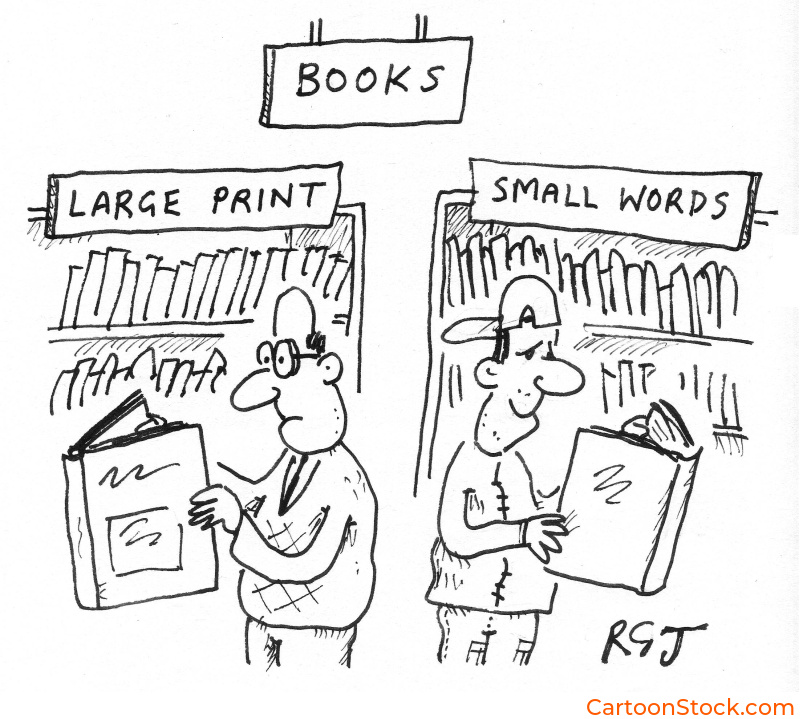Inclusive training is most effective when it’s clear, engaging, and easy to remember. For this reason, many organizations now use microlearning—short bursts of focused content—to improve knowledge retention and behavior change. However, even well-designed modules can fall flat if they fail to connect with learners.
That’s where cartoons come in. When combined with microlearning, cartoons help make inclusion training more accessible, relatable, and memorable.
See our full guide – Using Cartoons to Support Diversity, Inclusion & Belonging
What Is Microlearning?
Microlearning delivers training in short, focused segments. Typically, each piece takes just 3–7 minutes to complete. Because the format emphasizes clarity and simplicity, it works well in busy workplaces where time is limited.
It also suits:
-
Mobile learning
-
Ongoing reinforcement strategies
-
Just-in-time content delivery
Since each segment focuses on one idea at a time, learners can absorb information quickly. Additionally, they’re more likely to return to material when it’s short and well-structured.
Why Cartoons Work So Well with Microlearning
Cartoons are visual, quick to process, and often humorous. These qualities make them ideal for supporting microlearning—especially when the goal is to shift attitudes or foster inclusion.
Cartoons can:
-
Illustrate everyday challenges without assigning blame
-
Use gentle humor to introduce sensitive topics
-
Represent diverse characters and scenarios with minimal explanation
-
Break up text-heavy content and reinforce key points visually
As a result, learners are more likely to stay engaged and retain the message.
Cartoons Support Inclusion and Accessibility
When you’re creating content around diversity, inclusion, and belonging (DIB), it’s important to reach people with different learning styles. Visuals, especially cartoons, offer several inclusive benefits:
-
They support neurodiverse learners. Some people process images more effectively than words.
-
They minimize jargon. A cartoon can often replace a paragraph of explanation.
-
They cross language barriers. Visual humor can resonate with multilingual teams.
-
They encourage reflection. Cartoons can prompt questions and discussions without feeling confrontational.
Because of these benefits, cartoons enhance learning for a broader audience—not just those who already feel confident in corporate training environments.
How to Use Cartoons in Microlearning Modules
There are several effective ways to integrate cartoons into short training segments. For example:
-
Start with a cartoon. Use it to introduce a concept or theme.
-
Use it mid-module. Break up text and keep attention high.
-
End with a cartoon. Reinforce a key takeaway visually.
-
Pair it with a question. Ask learners what the cartoon shows or implies.
You don’t need to build an entire module around a cartoon. However, including one at key points can greatly improve clarity and engagement.
Choosing Cartoons Carefully
While cartoons are powerful, it’s important to choose them thoughtfully. Not every cartoon suits every topic. Keep these tips in mind:
-
Choose cartoons that reflect your intended message.
-
Avoid reinforcing stereotypes, even unintentionally.
-
Include diverse characters wherever possible.
-
Match the tone of the cartoon with the tone of the training.
Cartoons can add humor, but they should never trivialize serious issues. Used carefully, they create space for honest reflection without causing discomfort.
Q&A: Using Cartoons and Microlearning Together
Q: Are cartoons appropriate for sensitive topics like bias or exclusion?
A: Yes, if used with care. Cartoons can make difficult topics more approachable by softening tone and inviting reflection without sounding accusatory.
Q: Do cartoons really improve training outcomes?
A: While cartoons alone won’t change behavior, they can increase engagement and help key messages stick. When paired with microlearning, they strengthen recall and reduce resistance.
Q: Can I use stock cartoons, or do I need custom ones?
A: You can do either. Licensing cartoons from a curated archive is a fast, cost-effective option. Custom commissions work well if you want tailored content or a consistent branded look.
Q: What if my team doesn’t find them funny?
A: Humor is subjective, but relatability matters more. A cartoon doesn’t need to be laugh-out-loud funny to be effective—it just needs to connect.
Keep Reading
→ How HR and DEI teams can use cartoons in inclusion inititives


